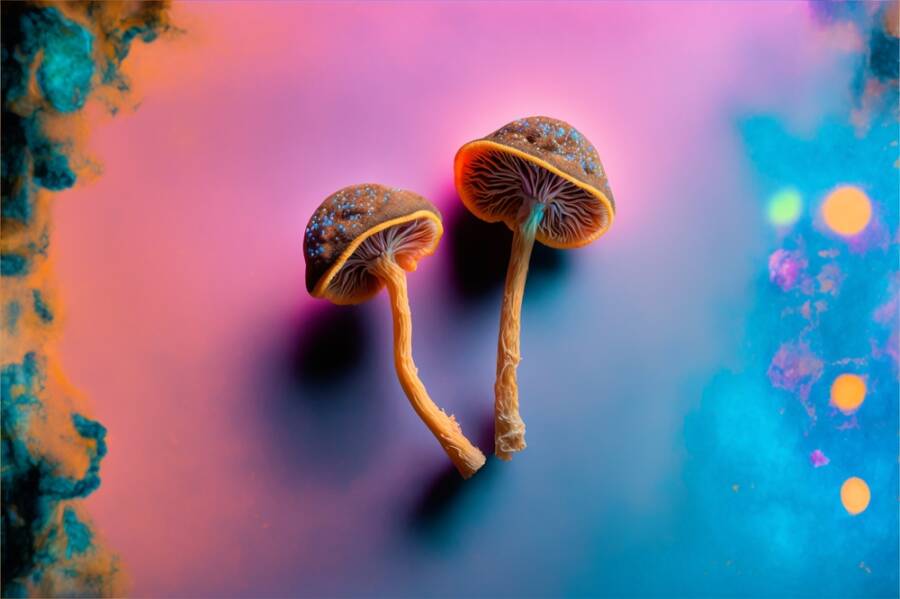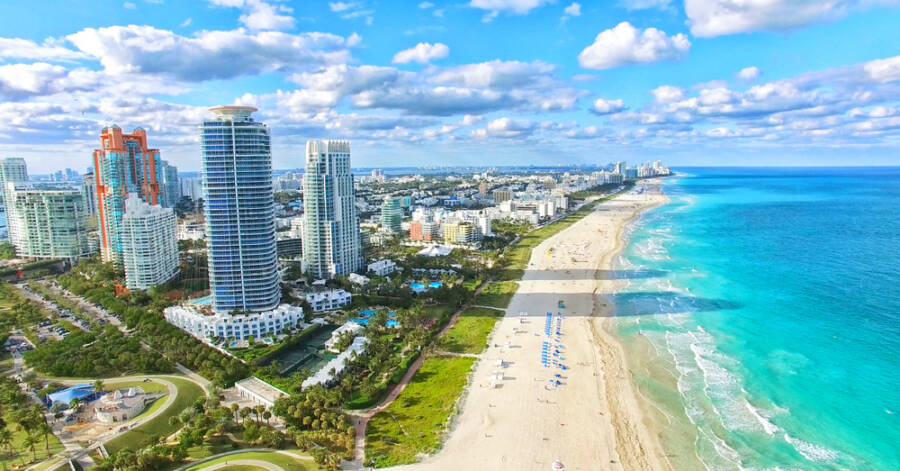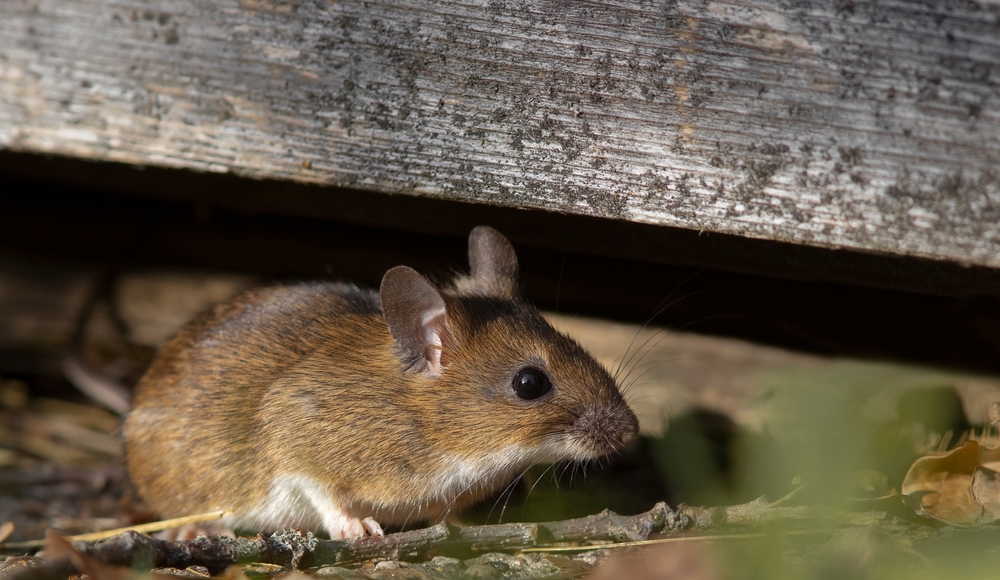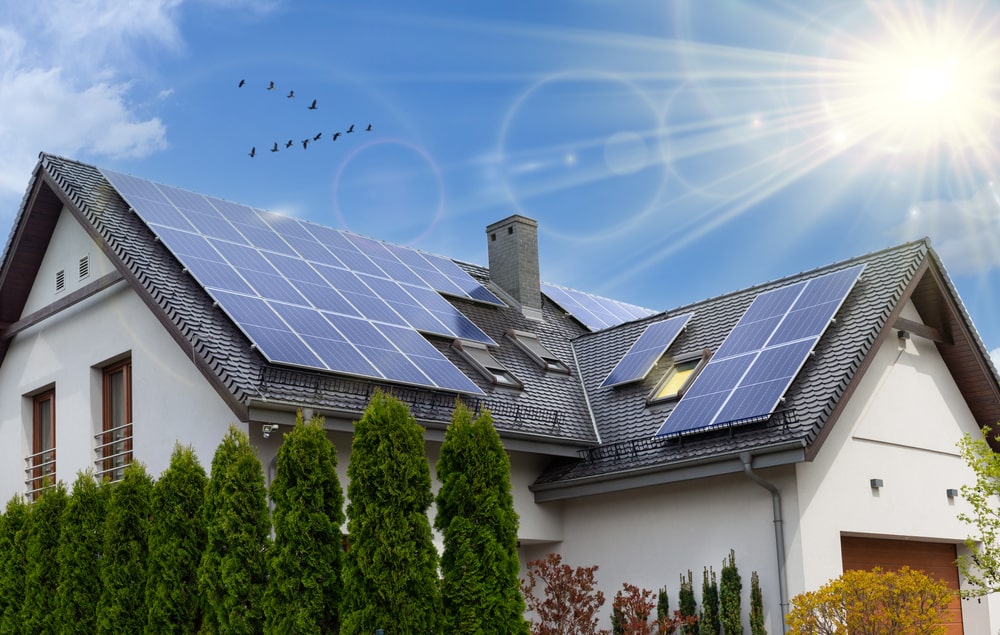Deserts are some of the most mysterious and foreboding regions on Earth. The lack of water makes these places generally inhospitable, but humans have been populating and exploring deserts for thousands of years nonetheless.
But what exactly makes a desert? While we know these are barren areas of land where it’s tricky for animals and plants to survive, there are some weird desert phenomena you can only find in these places and probably didn’t know about.
Deserts form thanks to weathering processes and the effects of wide variations between day and night temperatures. These variations stress rocks, which breakdown over time. Add to this the fact that there’s not much rain at all, and you’ll have a hot, dusty desert.
What weird desert phenomena can we find in these regions? Dig into this list to learn about the strangest—but coolest nonetheless—things that happen in the desert!
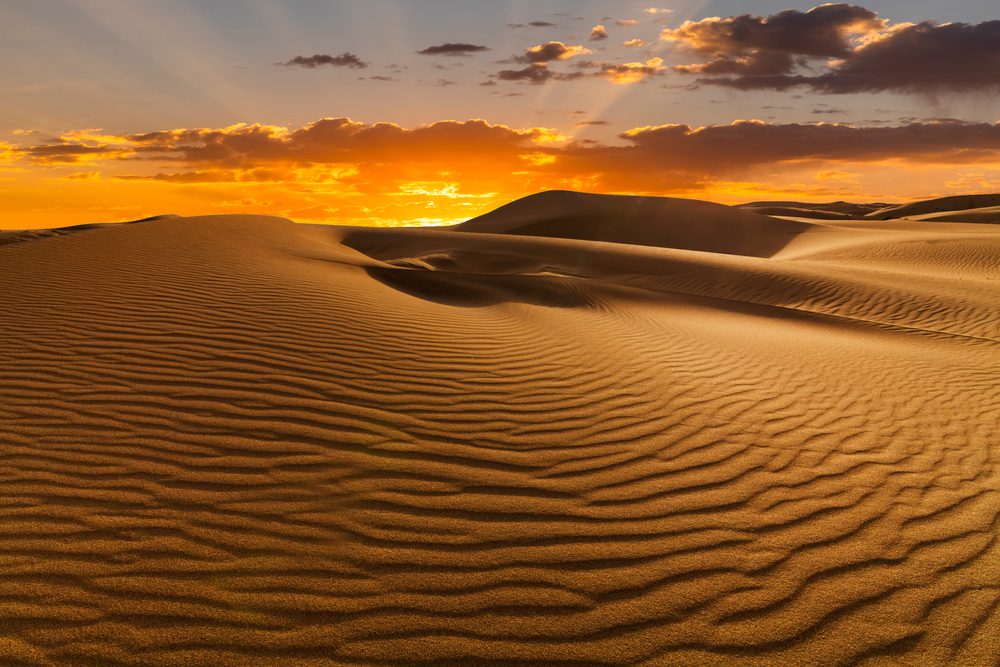
1. Singing dunes
No. 1 on our list of weird desert phenomena are the singing dunes. You’ve probably heard of dunes. In fact, they are what most people imagine when they think about a desert.
Dunes form when loose sand accumulates, but only under certain conditions. First of all, the sand needs to be really dry, as moisture makes the grains stick together. This is the reason why dunes are most common in the driest climates on the globe.
Secondly, there has to be something to move the sand around, which is generally wind. Last but not least, the sand needs obstacles to accumulate around it (typically sparse vegetation and rocks). Ta da! Dunes!
But that’s not all; you’ll be surprised to learn that some dunes can “sing”. Sliding down or climbing up a dune under just the right conditions can cause an avalanche that triggers a 100-decibel singing sound. According to researchers, you can only hear the “song” if the conditions are just right.
2. Oases
Oases also make the list of weird desert phenomena. An oasis isn’t just a small speck with a few shade trees and a lake for exhausted travelers to lurch toward after they have emptied their canteens.
The popular image of an oasis as a green spot in the desert is pretty accurate: these places feature palm trees and food sources such as peaches, wheat, and figs. The water at the hub of an oasis comes from artesian walls or natural springs and has to be managed carefully to make sure that crops are successful.
About 75% of the Saharan population lives in oases, which vary widely in size.
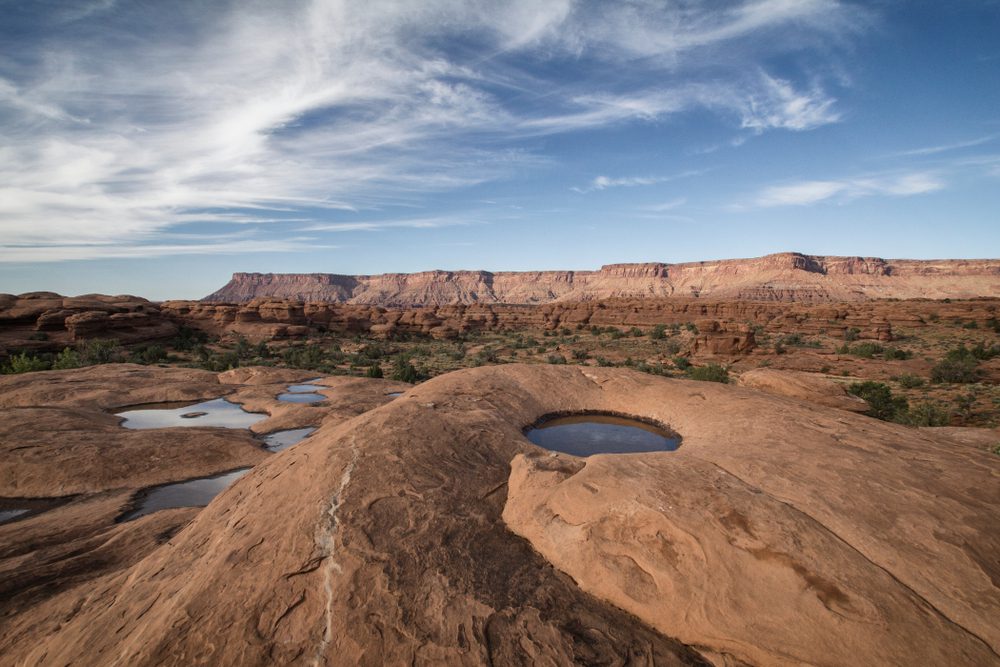
3. Desert potholes
Next on our list of weird desert phenomena are desert potholes. Finally, a pothole you don’t want to fix! These cavities, also known as ephemeral pools, are naturally formed sandstone basins that help tiny ecosystems in the desert exist.
The creatures that live in these potholes are fascinating; they have to endure very extreme temperature fluctuations. According to the National Park Service, surface temperatures vary from 140 degrees Fahrenheit during the summer months to below freezing in the winter.
Many of these organisms that live in desert potholes enter a state of “cryptobiosis” to tolerate the harsh conditions, where they go into “sleep mode,” stopping all metabolic processes (this means no development and no reproduction). When conditions improve, the organisms come back to their initial state and go about their business.
4. Fairy circles
No. 4 on our list of weird desert phenomena are fairy circles. These surreal pockmarks may look like something right out of a Dr. Suess book, but they are real. So far, they have only been found in two places on Earth: the Pilbara region in Western Australia and the Namib Desert in South Africa.
Scientists don’t know exactly how these weird desert phenomena form, but the leading theory is that plants manage to “organize” themselves into these crazy circles “according to scarce water availability.”
The conditions need to be just right for the spectacular patterns to reveal themselves, and it seems like the two regions mentioned above cast the right spell: in spite of a distance of thousands of miles between them, African and Australian fairy circles are nearly identical, with almost the same repeating hexagonal shapes when seen from above.
Keep reading to discover other weird desert phenomena!
5. Haboobs
Haboobs also make the list of weird desert phenomena, and you’ve probably seen one or two, whether you know it or not. Haboobs are those menacing sand and dust storms that eventually strike in most movies taking place in the desert (for instance, Mad Max: Fury Road features a massive haboob).
These weird desert phenomena happen when high winds lift loose grains of dust and sand into the air, which eventually fall back to the ground and “eject” even more grains, leading to a chain reaction. The sand and dust create a dramatic wall that can sometimes feature a density similar to a storm of “dirty snow.
The “wall” can stretch thousands of feet high, causing low or no visibility at all. The high winds that come along with haboobs can even uproot power lines and trees.
6. Mirages
Our list of weird desert phenomena wouldn’t be complete without mirages. But before diving into what scientists have to say about mirages, it’s important to forget what Looney Tunes taught about them—they aren’t hallucinations you get when you are deliriously thirsty.
According to experts, a mirage is an observable, photographable phenomenon that occurs when light is refracted through air of different temperatures. They also point out that the most common desert mirages are “inferior mirages,” which happen when the light from a higher image gets refracted by the very hot air closer to the ground. The whole natural process causes an image to be seen below where the object actually is.
This usually appears to the viewer as a shimmering mass of a blue color resembling something like a lake (meaning they could easily get confused for an oasis).
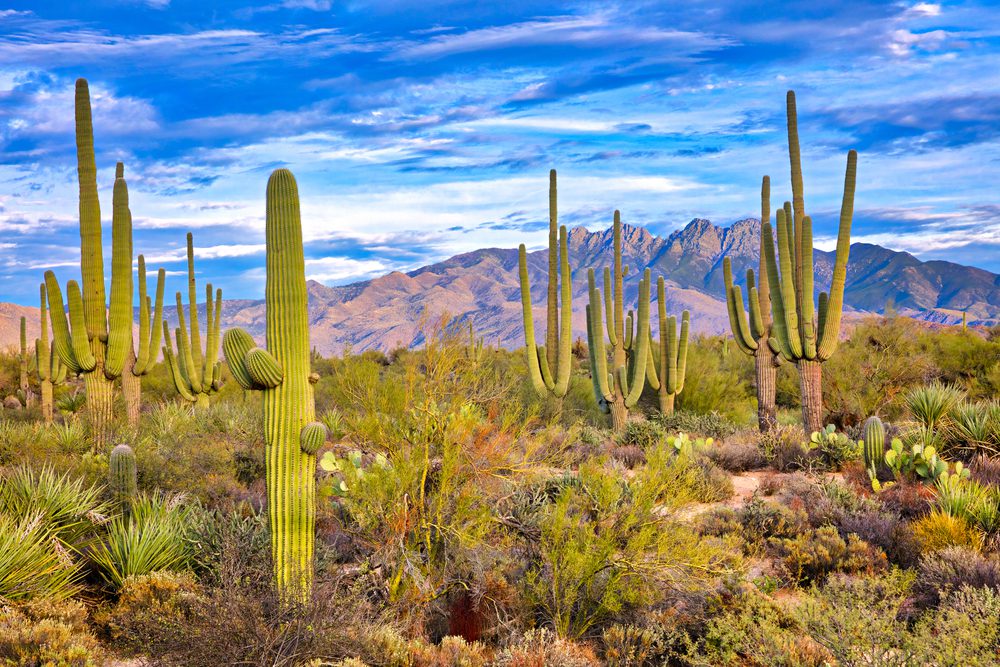
7. Xerophytes
Next on our list of weird desert phenomena are xerophytes. The name may make you think of some complex natural process, but it’s something rather easy to understand. Xerophytes are simply plants adapted to deserts, with the beloved cactus falling into this fascinating species too.
These plants come in many varieties, but one feature they all share is their ability to store and conserve water, which is pretty impressive. Some species spread their roots over a wide, but not too deep, area to absorb as much moisture as possible. Others let their seeds lie in the ground until they are stimulated by sufficient water.
Many have adapted to retain water in their cells for several months or even years after a major rainfall. They are basically the doomsday preppers of the planet.
8. Desert varnish
Last on our list of weird desert phenomena that you probably didn’t know about is desert varnish. It forms on stable rock surfaces that are no longer frequently hit by precipitation or wind abrasion.
Desert varnish is most commonly composed of iron, clay, and manganese oxides. This layer is only about a micrometer thick and ranges in color from yellow-orange to black.
According to scientists, water, minerals, microbes, and clay interact over long periods of time to create this interesting layer, but there’s some controversy over the particulars.
Native Americans used walls of rock covered by desert varnish as canvas for their art since the rock underneath the strange layer is significantly lighter.
Want to learn more about deserts? Here’s an encyclopedia that covers the world’s best deserts!
If you liked our list of weird desert phenomena, you may also want to read Top 8 Most Intelligent Animals, According to Science.


